At a Glance
Quick Tips
- Be aware of bears
- Hunt all day for best results
- Quality optics are necessary
- Bring two spare tires for vehicles
- Know the Indian Trust Lands boundaries


Hunters discussing the Book Cliffs, South unit in Utah share insights that emphasize the area's challenging terrain and variable weather, which demand preparation and adaptability. The unit is noted for having good populations of elk and mule deer, but hunters suggest that success often comes to those who are familiar with the landscape and patterns of game movement. Draw odds can be competitive, so those considering this area should plan well in advance. Overall, hunters recommend thorough scouting and flexible strategies to navigate the dynamic conditions effectively.
The open landscape mixed with numerous peaks creates vantage points for glassing deer in this unit. Access and large bucks makes the southern unit the preferred choice for rifle hunters in the Book Cliffs.
Within the southern unit are the wintering grounds for a significant portion of the deer herd. Hunters continue to take deer here each year. This is considered the preferred unit for rifle hunters. However, there are fewer resident deer here than those on the northern unit. There are quite a few tags each year so hunters can expect to feel pressure from other hunters.
In the early season, deer are mainly in the north portion near the divide. As the weather turns cold, the deer migrate to the heart of the unit. This area is covered with mesas, rolling hills and secluded canyons with good winter habitat.
Access is widely available with miles of dirt roads cutting through the unit. Some hunters can spot quality deer from the road during the any weapon hunt. With plenty of roads throughout the unit, hiking to roadless canyons can a productive way to get away from other hunters. Some of the primary access points include the exits off of I70 such as Green River, Nash Wash, and Cottonwood.
Lower elevations contain various brush types, sage flats speckled with pinyon/juniper stands and grassy flats in the bottoms of draws. As elevation increases, sagebrush and pinyon/juniper are more present with groves of aspens and stands of cedar found in some areas.
Hunters may camp on open land in both improved and primitive campsites. There is one established campground in the unit located near the Green River, Swasey's Beach. Limited services are available in Green River and Thompson, with small gas stations located along major highways. This is a very remote unit so hunters should be prepared with all they need for the duration of their hunt.
Roughly 1,345 square miles
98% public land
Elevations from 4,000-9,000 feet near Sego Canyon
Four-wheel-drive vehicles and ATVs are necessary
Bring decent GPS and numerous maps of the areas for road navigation
Use Thompson Spring Road for access into the heart of the unit